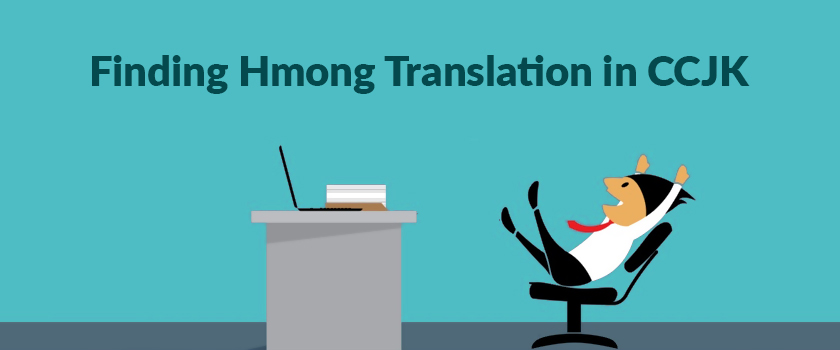General Information About The Hmong Language
If you are a person who likes to research and learn new things, you might take a look at the Hmong Language. It’s not a very popular language but it does have a rich history, many different dialects, and millions of people who can speak it today.
The Hmong language has a long and detailed history coming from a people in southern China that has existed for almost two thousand years. This rich language still remains today spoken by a wide range of people coming from this area and culture historically. This people group is closely related to the Miao which makes up a little over seven million people. About two million in this area actually speak the Hmong language.
Where is this language still spoken today?
There are a total of around four million people who do speak this language are spread all around the world but many still reside in areas such as Yunnan, Guizhou, northern Vietnam, Laos, and Thailand. About five percent of those speaking the Hmong Language actually reside within the United States speaking this and English fluently in certain cities around the country.
Read Also: CCJK Whole-hearted Solutions for white/Green/Blue Hmong Translation
What is the history of the Hmong Language?
This language was developed within the last two thousand years within the Hmong people group who are closely related to the Miao. They reside in southern China. It’s exact origins are a bit unknown as various people groups in this area gradually adapted words and phrases changing them slightly over time to produce whole new ways of speaking to each other.
Learn this language
Hmong Language is a tone-based language, and that means each word might sound very close to each others, if not carefully listen to they sound the same to non-Hmong people, but they have different meanings. Take a look at the following examples (I will provide sounds soon):
Dev (sounds like day) and means a dog in Hmong. Click on the “D” and then the vowel “e” + tone marker “v” “ev”
Deb (sounds like day, but with the highest possible pitch) and it means far in Hmong. Click on the “D” and then the vowel “e” + tone marker “b” “eb”
At first it might seems very strange when compares to the English language; however, there’re also words in the English language that are very confusing to Hmong, too. For examples, the English words “Had” and “Hat” sound very much the same for most Hmong people at first since they are not familiar with the ending “D” and “T” sounds.
Hmong language is similar to another languages, i.e., it has pronouns, adverbs, verbs, classifiers (lots of them), adjectives, and nouns (objects, subjects, things). However, Hmong people use/place the adjective AFTER the noun. For example:
I see a yellow house. Would be translated into Hmong as “Kuv pom ib lub tsev daj.”
Notice that the English “a” after the verb “see” indicates that it is “ONE” object — house. But in the Hmong language, we use the number “ib” plus the classifier “lub” and then the object — house/tsev. So to translate the Hmong sentence more correctly back into English would be as follows:
I see one round house yellow. The classifier “lub” sounds like “LOO” means “a” and mostly used for objects such as “house, bed, pants, shirt, car, and other objects”–but not all things, however. Classifiers such as “rab, daim, res, tus, txoj etc…” are used for objects such as “knife, paper, flower, stick, rope” respectively.
Below here are a few suggestions about how to speak Hmong and more information about some differences between the Hmong Language and English Language.
Please do not use the word “Koj” to mean “You — more than two persons in English.” The word “Koj” should only be used when speaking/talking to one person only, and use the word “Neb” when conversing with two persons, and the word “Nej” when dealing with a group of people — more than two persons. Always use the word “Nej or Mej” when talking on the radio, TV, and/or to an audience.
Take a look at how we helped our client by localizing their project for Hmong language. Click here to read the complete case study









